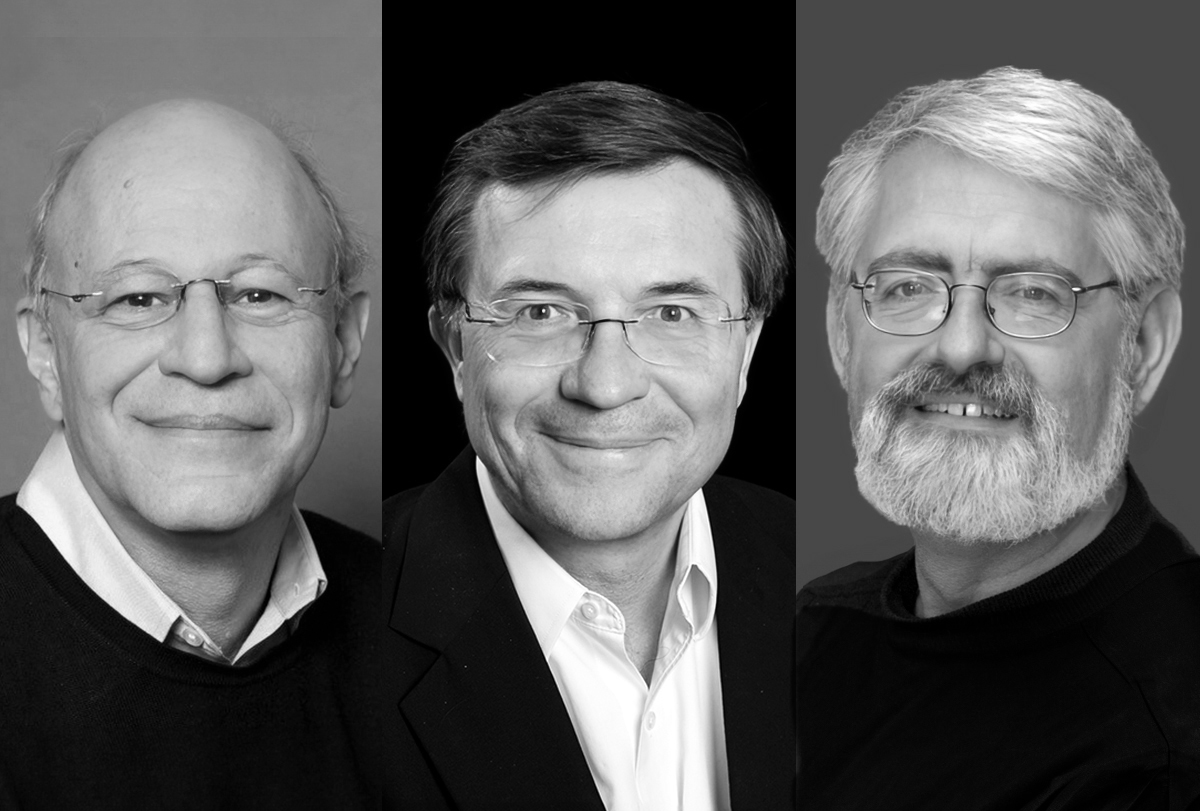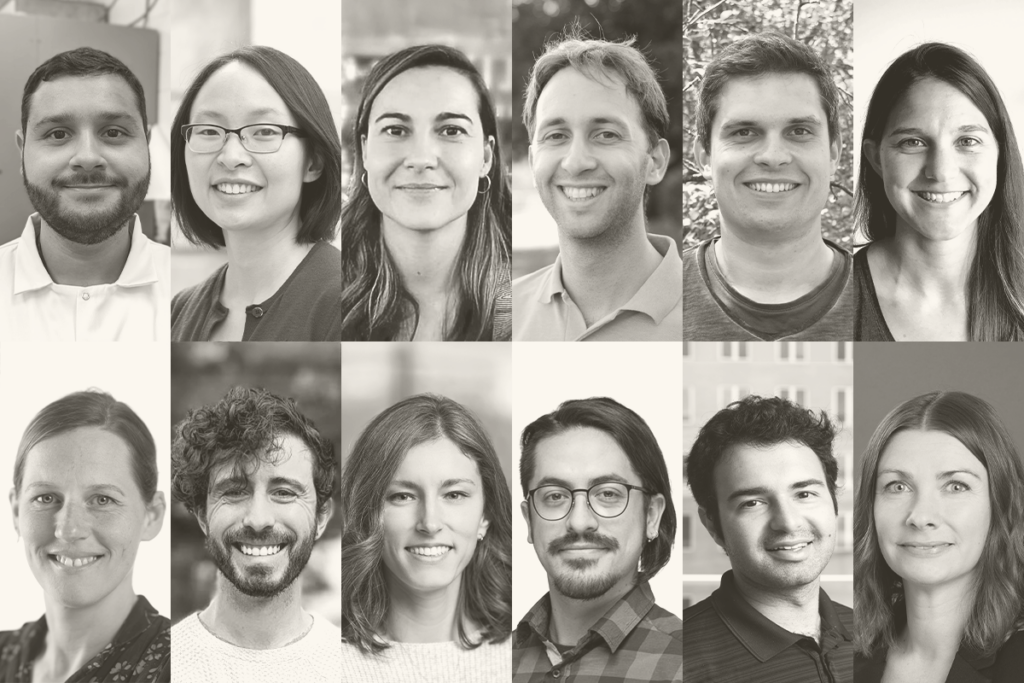Three physicists by training have won this year’s Brain Prize, the largest award in neuroscience, for their decades spent developing and refining models of neural structure and function.
Larry Abbott, professor of theoretical neuroscience at Columbia University; Terrence Sejnowski, professor of computational neurobiology at the Salk Institute for Biological Studies; and Haim Sompolinsky, professor of molecular and cellular biology at Harvard University and Hebrew University, share the $10 million Danish kroner ($1.45 million) award from the Lundbeck Foundation in Denmark. The foundation announced the winners today and plans to hold an award ceremony in Copenhagen later this year.
The three scientists have adapted tools from physics, mathematics and statistics to study the brain and developed conceptual frameworks to analyze experimental datasets. They have “pioneered” the field of computational and theoretical neuroscience, and it is “inconceivable” to imagine modern brain sciences without them, according to a press release from the foundation.
“We really see this as a recognition to the field,” Abbott says.
The three awardees each entered the field mid-career when they were “taken by the beauty of what has been called the most complex system of the universe,” wrote Tim Vogels, professor of theoretical neuroscience at the Institute of Science and Technology Austria and a former graduate student in Abbott’s lab, in a commentary published with the prize information packet.
“I don’t think it is a coincidence or accident that we are all physicists,” Sompolinsky says. The field of theoretical neuroscience didn’t exist when they began working, he adds, and although people had interesting ideas about analyzing the brain, they were missing a conceptual framework to translate ideas into “concrete mathematical models.”
O
ver the past 50 years, the field of physics has developed “very powerful theories” about the macroscopic states of matter, “which, amazingly, are relatively universal,” Sompolinsky says.The three Brain Prize winners have applied some of those theories to model cell networks and their interactions to understand brain structure and processes. Since the 1980s, they have worked on neural network models that have been crucial for neuroscience.
Sejnowski creates and refines computational models to better understand brain function and link neural mechanisms to behavior. He helped develop artificial neural networks that could learn from data in an unsupervised way, laying the foundation for today’s artificial intelligence.
Abbott has developed tools and numerical models to understand mechanisms of synaptic plasticity in single neurons and how groups of neurons work together in circuits. His work helps to explain how brains process sensation and generate bodily movements.
Sompolinsky has focused on understanding brain circuits and how neurons interact to produce coherent activity patterns. He has used neural networks to understand associative memory, as well as how the brain uses external stimuli to generate predictions about the external world.
Sompolinsky says he is humbled and “extremely happy” about the award, but he also feels it’s a big responsibility. “There are so many problems with the brain,” he says. “I need to prove myself worthy of the prize.”





